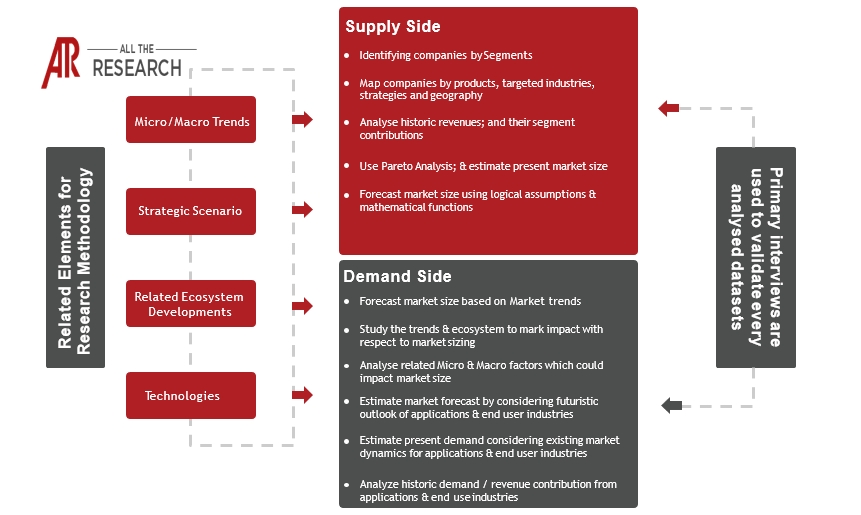The haptic technology market within the immersive realities of Virtual Reality (VR), Augmented Reality (AR), and Extended Reality (XR) is experiencing exponential growth, poised to reshape how we interact with digital environments. This market, encompassing devices and software that deliver tactile feedback, is transforming the user experience, leading to unprecedented levels of immersion and realism. Projections indicate a robust compound annual growth rate (CAGR), driven by increasing demand across diverse sectors.
Market Dynamics and Key Drivers:
The primary driver fueling the growth of the haptic technology market in VR/AR/XR is the enhanced user experience. Haptic feedback bridges the gap between the virtual and physical worlds, creating a sense of presence and realism that elevates the user engagement across a variety of applications. This is particularly critical for applications where tactile interaction is crucial, such as:
Other significant drivers include the advancements in haptic hardware and software. Continuous innovation in haptic actuators (e.g., vibration, force feedback, shape-changing) and control algorithms allows for more sophisticated and nuanced tactile sensations. The declining cost of haptic devices and the increasing availability of content supporting haptic feedback are further accelerating market expansion. Furthermore, the rising adoption of VR/AR/XR across various industries, fueled by increasing investment, growing availability of consumer headsets and software, and growing acceptance of metaverse technology are fostering the demand for haptic technology.
Key Challenges:
Despite the promising outlook, the haptic technology market faces some significant challenges:
Key Definitions:
Regulatory Focus:
The regulatory landscape surrounding haptic technology in VR/AR/XR is still evolving. Key focus areas include safety standards, data privacy, and user health. Regulators are increasingly focusing on user comfort, eye strain, and the potential effects of prolonged exposure to VR/AR environments. Data privacy concerns regarding user movement and interaction within virtual environments are also gaining prominence.
Major Players and Regional Trends:
The market is characterized by a diverse range of players, including established technology companies, specialized haptic device manufacturers, and software developers. Key players include Meta (Oculus), HaptX, Ultraleap, Tactical Haptics, and SenseGlove, among others.
Regional trends show strong growth in North America and the Asia-Pacific region, driven by significant investments, technological advancements, and widespread adoption of VR/AR/XR applications. Europe also presents a significant market opportunity, with growing adoption across industrial and medical applications.
M&A, Fundraising, and Future Trends:
The haptic technology market has seen increasing M&A activities and fundraising rounds, reflecting growing investor confidence and the strategic importance of this technology. Companies are actively acquiring or partnering with haptic technology developers to expand their offerings and strengthen their market position. Trends to watch include:
Overall, the haptic technology market within the VR/AR/XR ecosystem is poised for significant growth, driven by technological advancements, industry investments, and growing user demand. While challenges persist, the potential to revolutionize how we interact with digital worlds makes this a highly dynamic and promising market.
The Report Segments the market to include:
By Component:
By Technology:
By Application:
By Device Type:
By End-User:
By Region:

Ask for free product review call with the author

Share your specific research requirements for a customized report

Request for due diligence and consumer centric studies

Request for study updates, segment specific and country level reports
By Component:
By Technology:
By Application:
By Device Type:
By End-User:
By Region:
